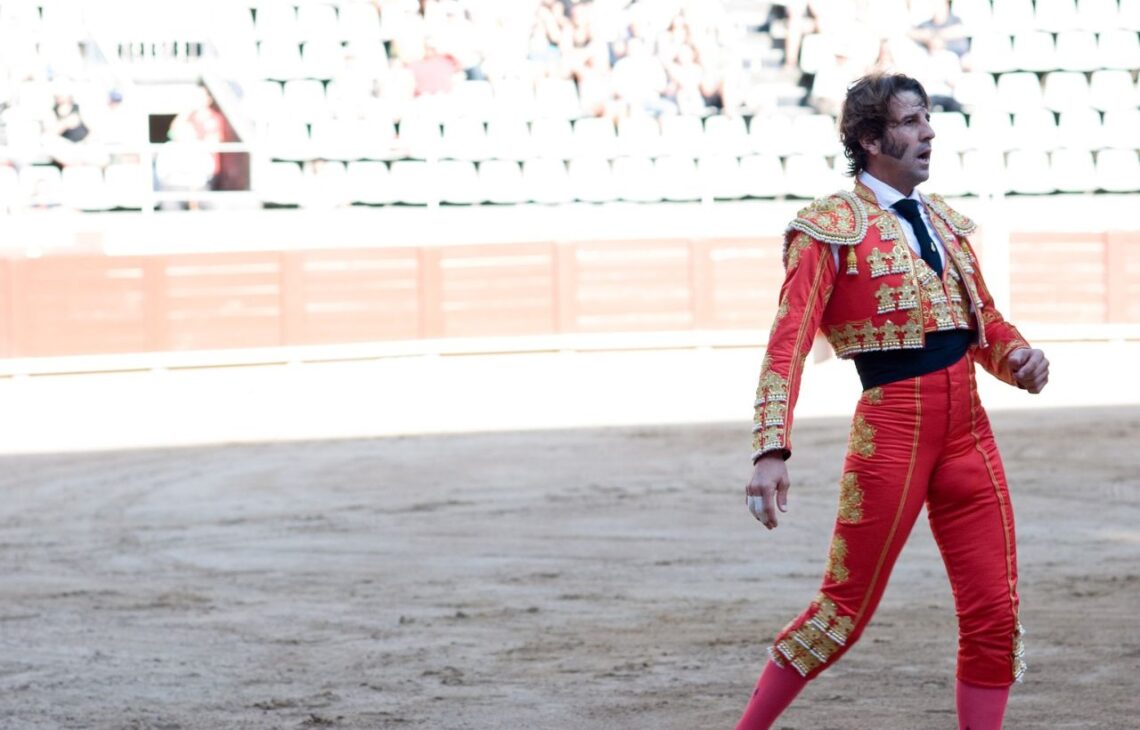
The outfits worn by bullfighters in Madrid and their significance
Bullfighting is a traditional sport in Spain, and Madrid is one of the cities in the country where it is still practiced today. Bullfighting is known for its colorful and elaborate costumes worn by the bullfighters, known as “toreros” in Spanish. These outfits are not only visually stunning but also have deep cultural and symbolic significance. In this article, we will explore the history, design, and symbolism of the bullfighting outfits worn by toreros in Madrid.
History of Bullfighting Outfits
The tradition of bullfighting in Spain dates back to ancient times when bullfighting was practiced as a form of entertainment for the nobility. In the early days of bullfighting, toreros would wear ordinary clothing, such as trousers and a jacket, while fighting the bulls. It was not until the 18th century that bullfighting outfits began to take on a more elaborate design.
The modern bullfighting outfit, also known as the “traje de luces” or “suit of lights,” was first introduced in the late 19th century. The suit of lights was designed to be both practical and visually striking. It is made up of three main pieces: the jacket, the pants, and the cape.
Design of Bullfighting Outfits
The jacket, or “chaquetilla,” is the most important part of the bullfighting outfit. It is made of silk or satin and is adorned with sequins, gold or silver thread, and embroidery. The jacket is usually sleeveless and has a tight fit to show off the torero’s physique. The front of the jacket is cut short, so as not to interfere with the torero’s movements while fighting the bull.
The pants, or “calzoncillos,” are usually made of silk or satin and are also adorned with sequins, gold or silver thread, and embroidery. They are tight-fitting and cut short, so as not to interfere with the torero’s movements while fighting the bull.
The cape, or “capote,” is a long piece of fabric worn over the torero’s shoulder. It is usually made of silk or satin and is also adorned with sequins, gold or silver thread, and embroidery. The cape is used to distract the bull and to showcase the torero’s skills in maneuvering around the bull.
Symbolism of Bullfighting Outfits
The bullfighting outfit is not just an elaborate costume; it also has deep cultural and symbolic significance. The colors and designs of the outfit are symbolic of the torero’s personality and his approach to bullfighting.
The color gold, for example, represents the sun and is associated with victory and glory. The color silver represents the moon and is associated with grace and elegance. The color red, which is often used for the cape, represents blood and is associated with bravery and courage.
The embroidery on the outfit is also symbolic. It often features religious symbols, such as crosses or images of the Virgin Mary, as bullfighting has strong ties to the Catholic Church in Spain. The embroidery may also feature the torero’s personal emblem, which represents his identity and style as a bullfighter.
Conclusion
Bullfighting outfits are an important part of the tradition and culture of bullfighting in Spain. The intricate design and symbolism of the outfits reflect the torero’s personality and approach to bullfighting. Whether you are a bullfighting enthusiast or simply interested in Spanish culture, understanding the significance of the bullfighting outfit